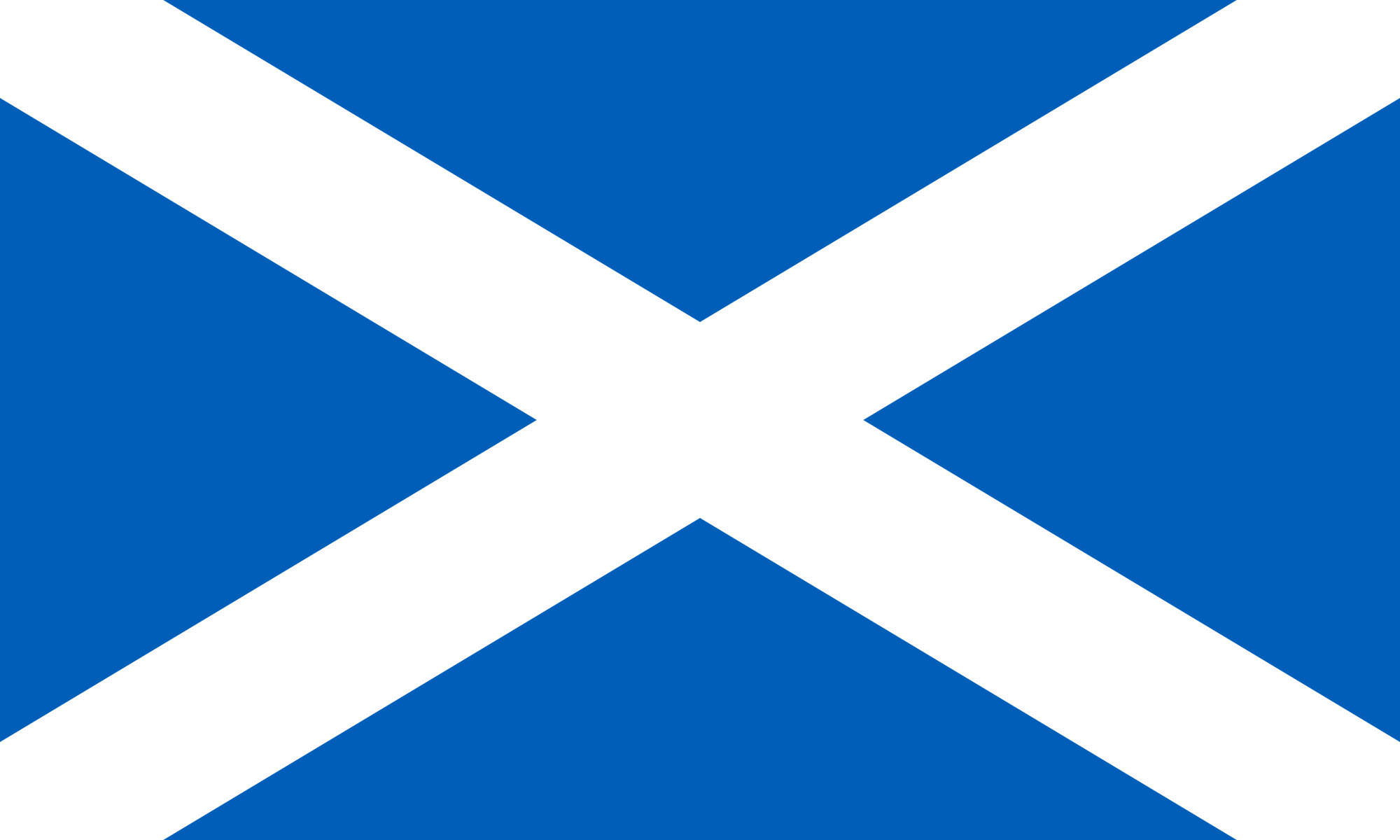UK’s national flag might be the one that records the most amount of world history.

The official full name of UK is “The United Kingdom of Great Britain and Northern Ireland”, while Great Britain is the island consisting of England, Scotland, and Wales.

UK’s flag consists of three elements.
Flag of England

The origin of the flag, the Cross of St. George, its association with St. George (the patron saint of England), and its adoption by England lack thorough and clear documentation.
The end result is that St. George finally rose to the position of the primary patron saint of England during the English Reformation when all religious flags, including all saints’ banners except for his were abolished.
Flag of Scotland

The flag is associated with the Cross of St. Andrew. The tradition of Saint Andrew being the patron saint of Scotland develops in the 13th to 14th centuries.
In 1286, when Scotland was ruled by the Guardians of Scotland in the absence of a king, the saint was depicted on the Guardians’ seal, used to authenticate their legal documents and communications to the rest of Europe.

The Parliament of Scotland decreed in 1385 that every Scottish and French soldier (fighting against the English under Richard II) “shall have a sign before and behind, namely a white St. Andrew’s Cross”.
Wales
Wales virtually became an English colony after the invasion (The conquest of Wales by Edward I) between 1277 and 1283.
Ireland
Henry (King Henry VIII of England) was proclaimed King of Ireland by the Crown of Ireland Act 1542, an Act of the Irish Parliament, which placed the new Kingdom of Ireland in personal union with the Kingdom of England.
The Union Flag
In 1603, the year of Queen Elizabeth I‘s death, England and Scotland existed as completely separate nations, each with their own monarch and parliament. Elizabeth, being a spinster and therefore childless, expressed a deathbed wish that her cousin, King James VI of Scotland, be named as her successor to the English throne. Thus, the Scottish monarch was projected into the unique position of ruling two nations simultaneously. He ruled Scotland as King James VI and England as King James I.

In 1707, during the reign of Queen Anne, the parliaments of England and Scotland were united to form the new nation of Great Britain, and Anne officially adopted the 101 year old banner as the national flag of the newly created nation.
Saint Patrick’s Saltire
The St. Patrick’s Saltire, also known as the Cross of St Patrick, after Saint Patrick, the main patron saint of Ireland. “The Saltire became an established Irish symbol in 1783 with the founding of the Order of Saint Patrick by King George III to mark the legislative independence of the Kingdom of Ireland which lasted from 1783 to 1801.
In 1801, when Ireland became a part of Great Britain, the Union Flag was redesigned to include the Cross of St. Patrick (red, diagonal), the patron saint of Ireland. It is in this form that the British flag exists today.
